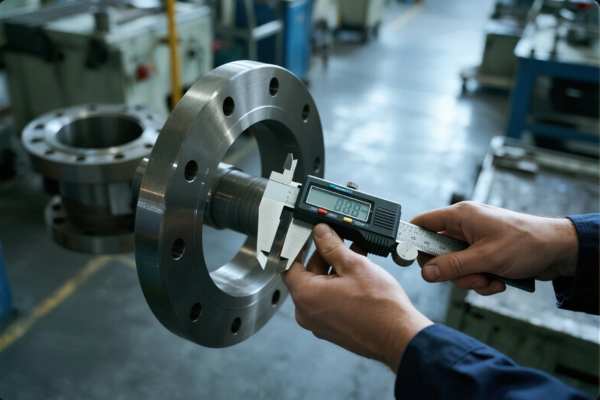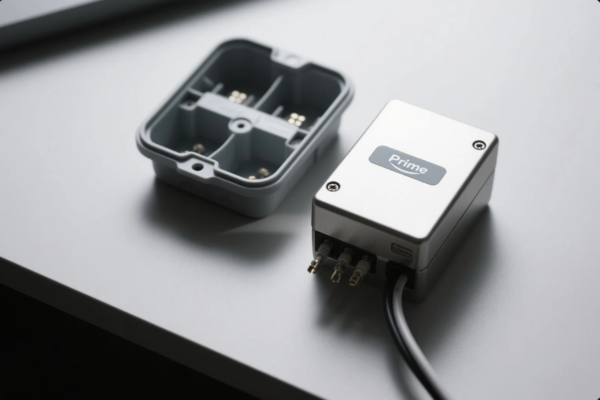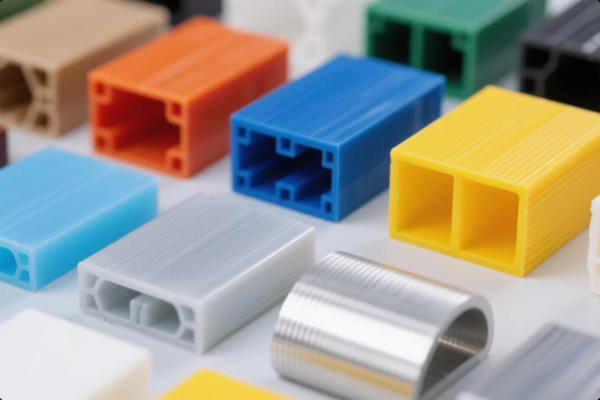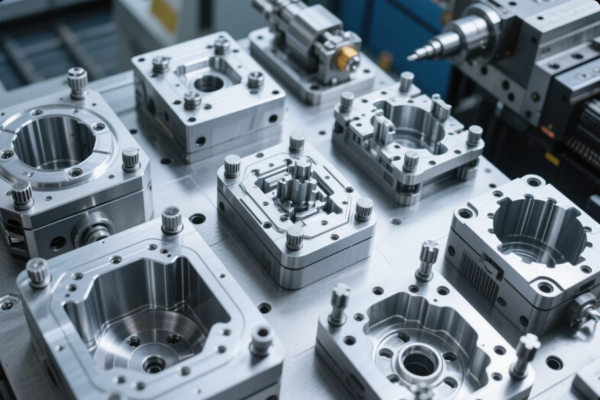What is Meant by Galvanization?
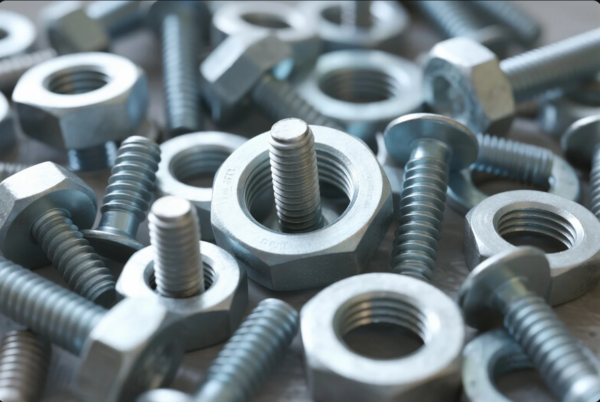
Corrosion destroys millions of tons of metal each year, costing companies huge sums. Galvanization is a simple but powerful way to extend metal part life.
This article explains galvanization in plain language, compares it to zinc plating, and answers key questions about rust prevention and stainless steel.
If you want your metal parts to last longer and stay strong, understanding galvanization is essential. Let’s break down the basics and see how to use this process in your business.
Table of Contents
- What is the Simple Definition of Galvanization?
- Which is Better, Zinc Plated or Galvanized?
- What is the Difference Between Rusting and Galvanization?
- Does Stainless Steel Need to Be Galvanized?
- How is Galvanization Done?
- Types of Galvanization Methods
- Where is Galvanized Steel Used?
- Frequently Asked Questions
- Contact Prime
What is the Simple Definition of Galvanization?
Every manufacturer wants strong, rust-resistant parts, but what does galvanization actually mean?
Galvanization is the process of coating steel or iron with a layer of zinc. The zinc forms a protective barrier, shielding the metal from moisture and oxygen that cause rust.
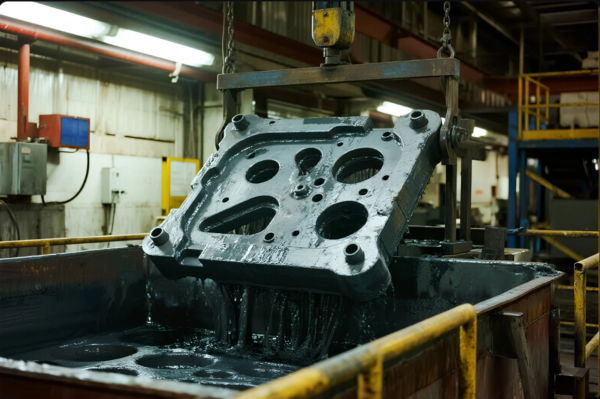
Galvanization is most commonly done using the hot-dip method, but there are several ways to add a zinc layer. The zinc acts as a sacrificial shield: if the surface is damaged, the zinc will corrode first, protecting the steel underneath. This is why galvanized parts are widely used in harsh, wet, or outdoor environments, especially in construction, automotive, energy, and marine sectors. For further background, Britannica’s guide on galvanization offers a detailed but accessible explanation.
You can also find videos and guides about the basics of galvanizing on Galvanizers Association and GalvInfo Center.
Which is Better, Zinc Plated or Galvanized?
Buyers often ask whether zinc plating or galvanizing offers better protection. The answer depends on your application and environment.
Galvanizing is better for outdoor or heavy-duty use. Zinc plating is best for indoor parts or items with low corrosion risk. Galvanized coatings are thicker, tougher, and last much longer.
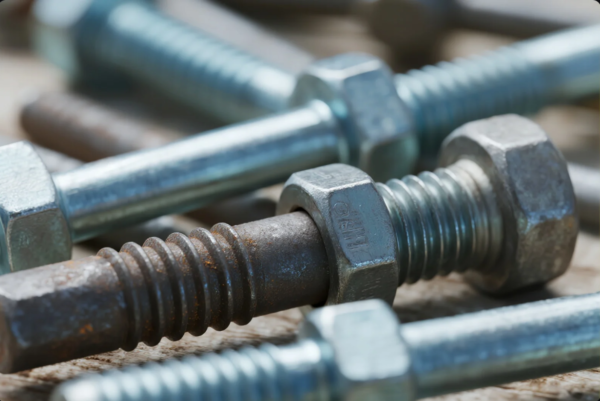
Zinc plating uses electrochemical processes to apply a very thin, shiny zinc layer—often 5–15 microns. It is less costly but scratches easily and only works well indoors or where humidity is low. For example, The Fabricator notes that zinc-plated hardware quickly rusts outdoors, especially near the coast or in humid regions.
Galvanized steel, especially hot-dip galvanized, features a much thicker zinc layer (40–100 microns or more). This rougher coating is designed for long-term, outdoor, or industrial use. It can withstand abrasion, water exposure, salt spray, and weathering for decades. See a technical comparison on AZoM Materials and Corrosionpedia.
For critical infrastructure, bridges, street furniture, solar farm mounting systems, and any project where downtime is costly, always choose galvanized. Zinc plating works well for decorative hardware, indoor brackets, electrical boxes, or consumer goods.
If you want to see a head-to-head test, YouTube’s Project Farm features side-by-side corrosion comparisons.
What is the Difference Between Rusting and Galvanization?
Rusting and galvanization are opposite chemical reactions—one destroys, and the other protects.
Rusting is the oxidation of iron or steel, producing reddish flakes and causing loss of strength. Galvanization prevents this by adding a zinc coating that blocks moisture and air.
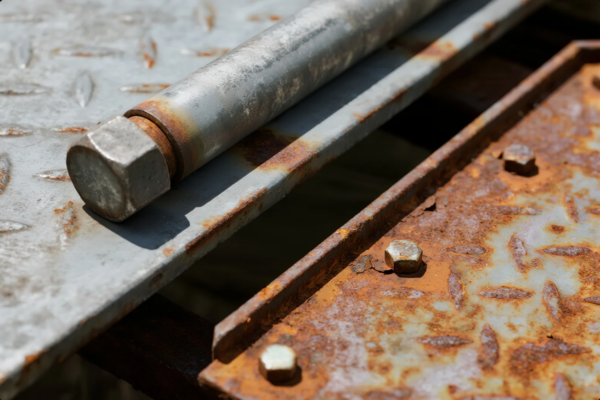
When steel is exposed to water and oxygen, it forms iron oxide (rust). Rust grows, weakens metal, and eventually causes structural failure. Galvanized steel, however, is shielded by the zinc coating, which acts as a "sacrificial anode"—the zinc corrodes instead of the steel.
This sacrificial protection is a huge advantage for bridges, highway rails, or anything exposed to the elements. The difference is clear in resources from Corrosionpedia, American Galvanizers Association, and case studies on ScienceDirect.
Rusting is a slow but unstoppable process for unprotected steel. Galvanization dramatically slows or even prevents it for years, even in aggressive climates.
Does Stainless Steel Need to Be Galvanized?
Some buyers think every metal needs galvanization, but that’s not true for stainless steel.
Stainless steel does not usually need to be galvanized. It already contains chromium, which forms a natural, invisible layer that stops rust.

Stainless steel is engineered with at least 10.5% chromium, which forms a self-repairing passive film. This layer prevents water and air from causing rust, so stainless is used where appearance and extreme durability are needed, like food processing, hospitals, and high-end architecture. For further detail, review Outokumpu’s stainless basics, AK Steel stainless guide, and Matmatch's stainless comparison.
If you mix stainless and galvanized parts in the same assembly, use proper isolation to avoid galvanic corrosion. In almost all cases, stainless steel performs well without galvanization.
How is Galvanization Done?
Galvanization can be done in several ways, but hot-dip galvanizing is the most common and robust.
Hot-dip galvanizing: The steel is cleaned, then dipped into molten zinc at 450°C (842°F). This forms a thick, bonded zinc layer that provides outstanding protection.
Electro-galvanizing: Zinc is applied using electric current in a bath of zinc salt solution. This gives a thinner, brighter, smoother finish—great for auto parts and electronics.
Mechanical galvanizing: Uses tumbling and zinc powder for thin coatings on small parts, common for fasteners.
For step-by-step process illustrations and more details, see Galvanizers Association technical center and AZZ’s process explainer.
Types of Galvanization Methods
Each galvanizing technique fits different products and budgets.
- Hot-dip galvanizing: Thickest, best for harsh/outdoor uses, bridges, towers (hot-dip info at Galvanizeit)
- Electro-galvanizing: Smooth, shiny, thin—ideal for car parts, consumer electronics (Electrogalv at Metal Supermarkets)
- Pre-galvanizing: Steel sheet is galvanized before cutting/forming, used in pipes and sheet metal
- Mechanical galvanizing: For small or threaded items, avoids hydrogen embrittlement (Mechanical at AZZ)
Choosing the right type is important for cost, appearance, and service life. Metal Supermarkets’ guide and The Fabricator’s technical forum are good places for in-depth comparison.
Where is Galvanized Steel Used?
Galvanized steel is found everywhere, from critical infrastructure to everyday consumer products.
- Construction: Beams, studs, cable trays, grating (Construction at AGA)
- Bridges and highways: Guardrails, supports, signposts (Bridges at AZZ)
- Energy and telecom: Power poles, solar panel mounts (Energy at Galvanizers Association)
- Agriculture: Fencing, gates, silos (Agriculture at Metal Supermarkets)
- Automotive: Car body panels, bolts (Automotive at Outokumpu)
- HVAC and plumbing: Ductwork, pipe, fasteners
- Marine and outdoor hardware: Boat trailers, marine brackets (Marine at Corrosionpedia)
Prime provides galvanized stamping parts, fasteners, and custom brackets for OEM, industrial, and construction clients globally. Check out Prime’s solutions or industry leader AZZ Galvanizing.

Frequently Asked Questions
Q1: How thick is a galvanized coating?
Hot-dip coatings are 40–100 microns. Electro-galvanized is 8–15 microns. Thickness varies by process and specification. Learn more at galvanizeit.org.
Q2: Can galvanized steel be welded or painted?
Yes, but remove zinc before welding and use zinc-rich primers for paint. Welding guidelines at AGA, and painting tips at AkzoNobel.
Q3: How long does galvanization last?
Galvanized steel lasts 20–70 years depending on coating thickness, environment, and application. Details at galvanizing.org.uk.
Q4: Is galvanization environmentally friendly?
Yes. Zinc is natural, non-toxic, and galvanized products are recyclable. The process is widely used and regulated. Read about green certifications at Zinc.org.
Q5: Can I specify galvanization for custom metal parts?
Absolutely. Prime offers hot-dip and electro-galvanizing for fasteners, CNC parts, brackets, and more. We meet ISO, RoHS, and CE standards.
Q6: What are alternatives to galvanization?
Powder coating, painting, anodizing (for aluminum), and use of stainless steel. Each has pros and cons—learn more at The Constructor.
Q7: How can I check if a part is really galvanized?
Look for the crystal-like "spangle" pattern, measure coating thickness, and request a test report. Check more at metal supermarket’s FAQ.
Contact Prime
For expert advice on galvanization and rust prevention, or to get a fast quote for custom galvanized components, reach out to Prime today. We deliver one-stop B2B metal parts solutions with reliable quality and rapid service.
Website: https://primecustomparts.com/
Email: [email protected]
Conclusion
Galvanization means coating steel with zinc to prevent rust. For outdoor and industrial use, it’s a must-have protection.
Contact Prime now to get galvanized parts with quality and fast delivery.


